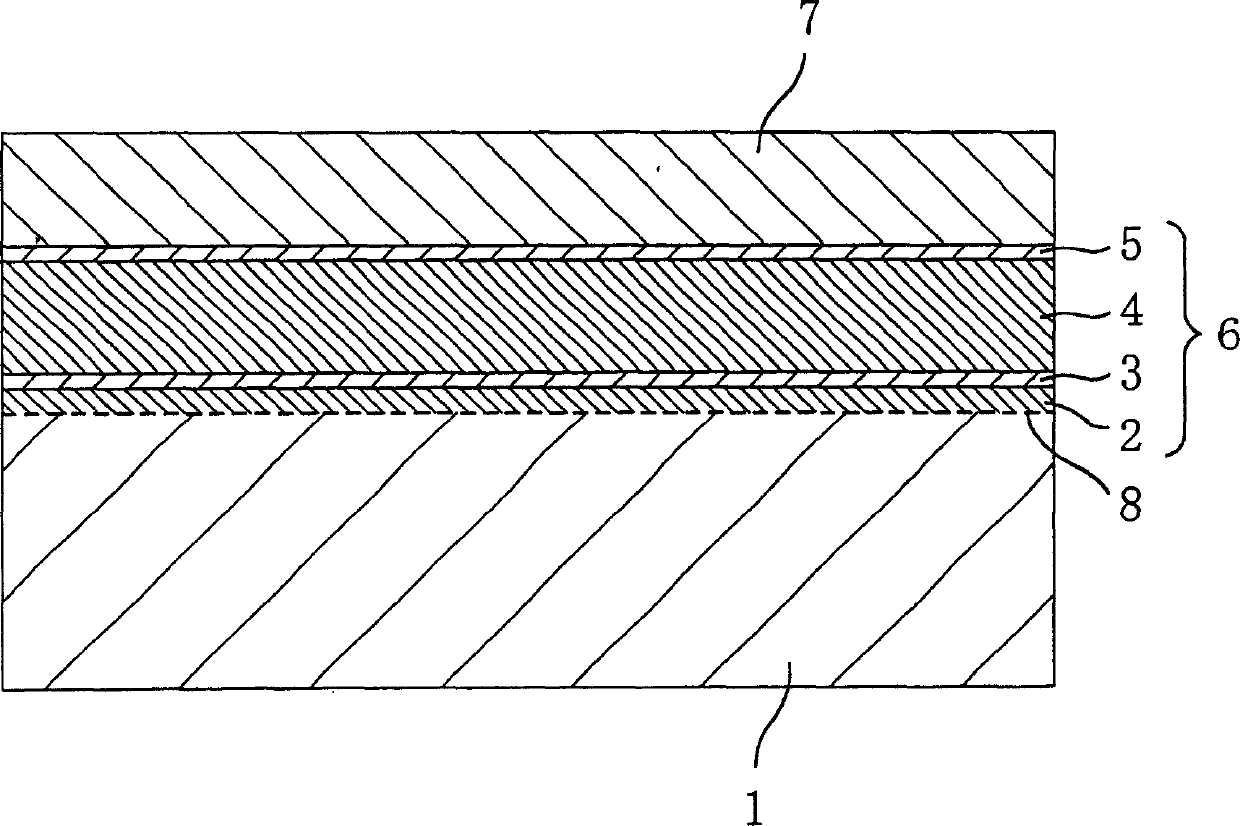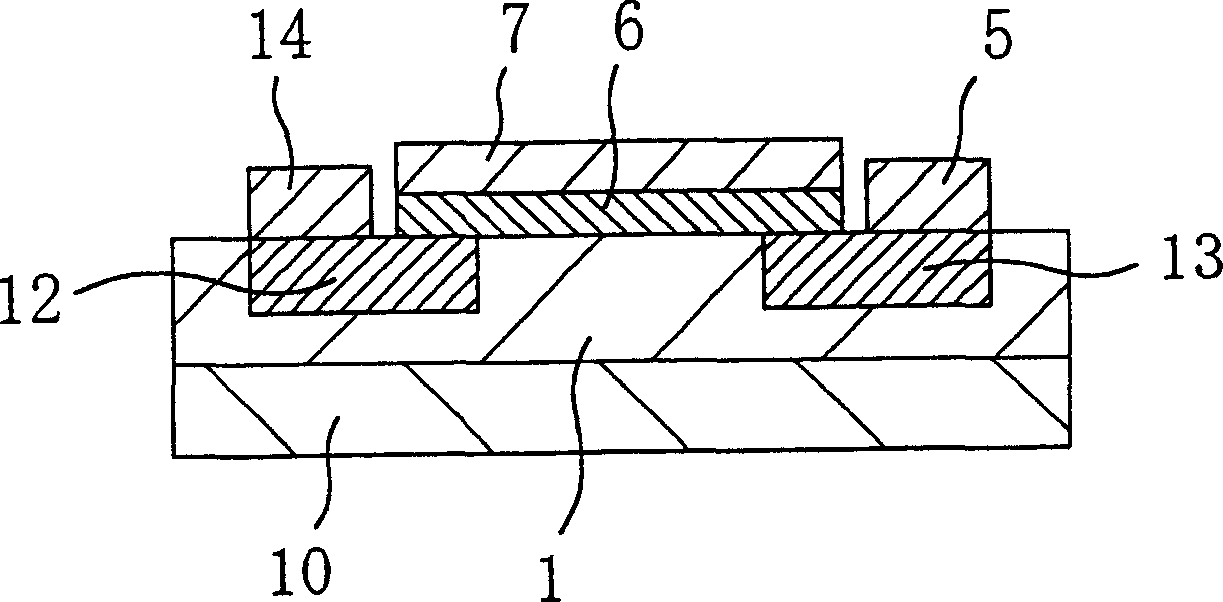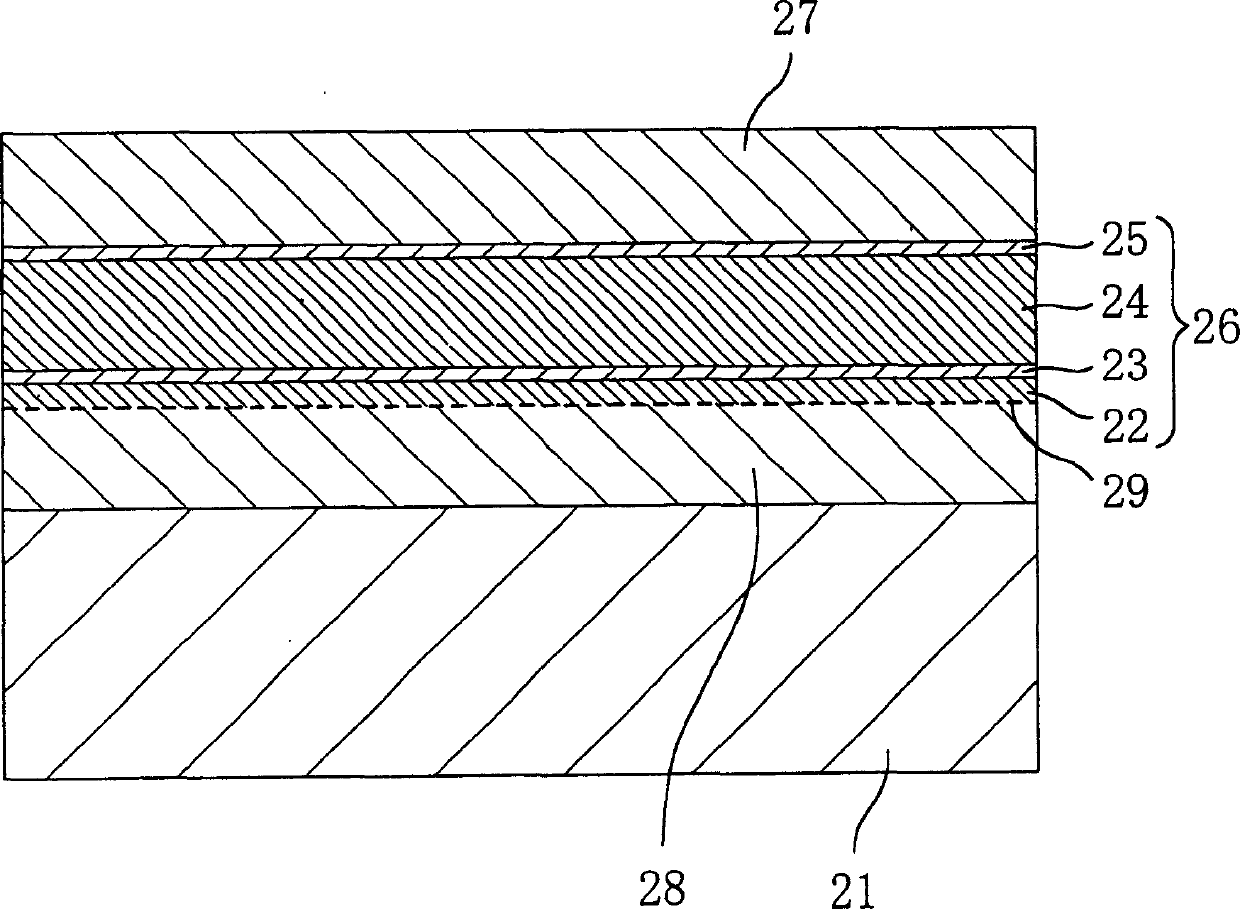Semiconductor device and production method therefor
A manufacturing method and semiconductor technology, applied in semiconductor/solid-state device manufacturing, semiconductor devices, electrical components, etc., can solve problems such as affecting electron transport, reducing device channel conduction, and suppressing interface energy level well density.
- Summary
- Abstract
- Description
- Claims
- Application Information
AI Technical Summary
Problems solved by technology
Method used
Image
Examples
no. 1 approach
[0066] In this embodiment mode, a case where a first insulating film obtained by thermal oxidation of SiC and a second insulating film deposited by CVD or the like is formed as a gate insulating film of MISFET or the like will be described.
[0067] (Investigation by inventors etc.)
[0068] It is generally considered that when a silicon carbide MISFET is used in a low-loss power semiconductor device, a gate insulating film having a thickness of approximately 150 nm or more should be formed on silicon carbide.
[0069] However, this causes carbon to remain in the oxide film formed by thermal oxidation treatment on silicon carbide, and particularly, a high concentration of carbon remains in the vicinity of the interface with silicon carbide in the oxide film. Since the existence of such carbon is a cause of defects, the composition ratio of the transition layer should be changed more drastically from the gate insulating film side to the silicon carbide side.
[0070] Here, in ...
no. 2 approach
[0113] In this embodiment mode, an example in which the gate insulating film considered in the first embodiment mode is applied to a storage-enhanced insulated gate semiconductor device will be described.
[0114] Next, the structure near the gate insulating film in the semiconductor device according to the second embodiment of the present invention will be described with reference to FIG. 4 . 4 is a cross-sectional view showing a structure near a gate insulating film in a semiconductor device in a second embodiment.
[0115] As shown in FIG. 4, in the semiconductor device of the present invention, an n-type channel region 28 is formed on the top of the p-type SiC layer 21, and a gate insulating film 26 is formed thereon, which is a thermal oxide film with a thickness of about 5 nm. A first insulating film 22, an oxynitride film having a thickness of about 5 nm, that is, the first cover layer 23, a deposited oxide film having a thickness of about 130 nm, that is, the second in...
no. 3 approach
[0120] In this embodiment mode, an example in which the gate insulating film in the first embodiment mode is applied to an insulated gate type semiconductor device having a δ-doped layer will be described.
[0121] This embodiment mode is characterized in that the gate insulating film described in the first embodiment mode is formed on the δ-doped layer. Since the structure of this gate insulating film is the same as that of the first embodiment, description thereof will be omitted.
[0122] FIG. 8 is a cross-sectional view showing the structure of the semiconductor device in the third embodiment.
[0123] As shown in FIG. 8 , the semiconductor device of this embodiment includes an n-type SiC substrate 40 , a p-type SiC layer 41 formed on the SiC substrate 40 , and a channel region having a δ-doped layer formed on the top of the p-type SiC layer 41 . 46. The gate insulating film 47 formed on the channel region 46, the gate electrode 48 formed on the gate insulating film 47,...
PUM
| Property | Measurement | Unit |
|---|---|---|
| Thickness | aaaaa | aaaaa |
| Thickness | aaaaa | aaaaa |
| Thickness | aaaaa | aaaaa |
Abstract
Description
Claims
Application Information
 Login to View More
Login to View More - R&D
- Intellectual Property
- Life Sciences
- Materials
- Tech Scout
- Unparalleled Data Quality
- Higher Quality Content
- 60% Fewer Hallucinations
Browse by: Latest US Patents, China's latest patents, Technical Efficacy Thesaurus, Application Domain, Technology Topic, Popular Technical Reports.
© 2025 PatSnap. All rights reserved.Legal|Privacy policy|Modern Slavery Act Transparency Statement|Sitemap|About US| Contact US: help@patsnap.com



